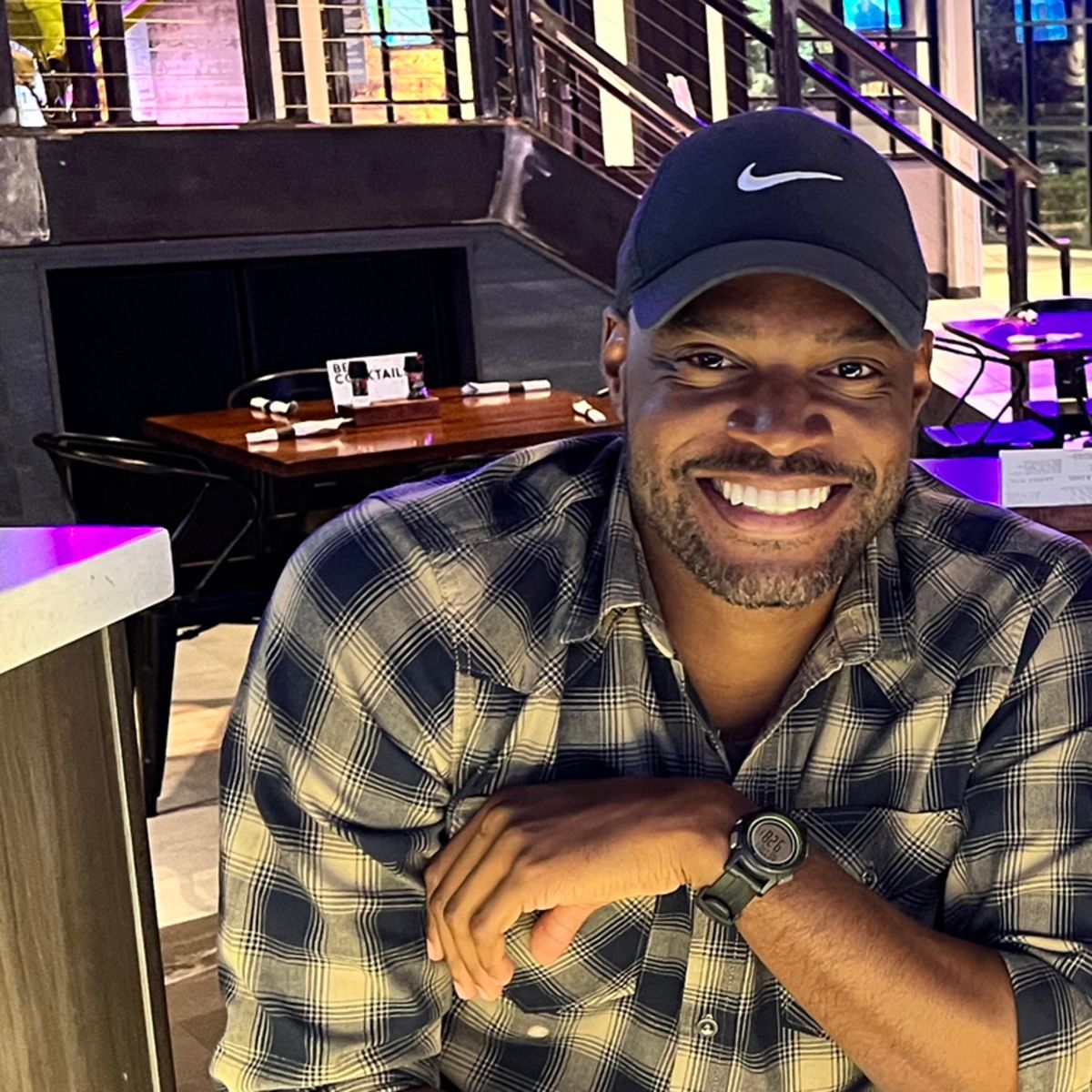Some skills age quickly. Coding languages shift. Tools evolve. Job markets pivot. But there’s one ability that never loses relevance: learning how to learn.
It’s been called the “meta-skill,” because it acts as the multiplier for everything else you try to master. DeepMind’s CEO recently echoed this idea, pointing out that in a world shaped by AI and rapid change, your adaptability depends less on what you know now and more on how you pick up what’s next.
What Does “Learning How to Learn” Mean?
It’s not about memorizing faster. It’s about building strategies to acquire skills deliberately, efficiently, and with resilience. Core elements include:
Metacognition. Being aware of how you learn best.
Spacing and retrieval. Revisiting material over time to lock it in.
Pattern recognition. Connecting new knowledge to what you already know.
Self-regulation. Managing focus, energy, and motivation.
Think of it as building the “operating system” for your brain. Once tuned, you can install new “apps” — whether that’s coding, negotiation, or design thinking — much faster.
Why It Matters Now
AI tools are accelerating the pace of change. Entire roles are being reshaped in months, not years. Traditional degrees or one-off certifications can’t keep up. Learners who thrive are the ones who can pivot quickly, absorb unfamiliar material, and apply it in real contexts.
This is why companies are investing in upskilling platforms, and why educators are embedding meta-learning strategies into their programs. The demand is shifting from “Do you know X?” to “Can you learn Y quickly?”
How to Build the Meta-Skill
Here are some practical entry points:
Reflect on your methods. After finishing a study session, ask: What worked? What didn’t? Adjust for next time.
Test yourself, don’t just re-read. Active recall (quizzing yourself) beats passive review.
Mix your practice. Instead of drilling one topic in isolation, shuffle between related skills. It builds stronger connections.
Teach it back. Explaining a concept to someone else forces clarity and reveals gaps.
Stay meta. Keep a “learning journal” where you track not just what you learned, but how you learned it.
Watch Points
The danger is mistaking activity for progress. Watching five tutorial videos may feel productive, but if you don’t engage actively, little sticks. Another pitfall: chasing endless methods (Pomodoro, memory palaces, flow hacks) without actually practicing the skill. Methods matter, but only if paired with consistent application.
The Bigger Picture
When you zoom out, every new domain you explore becomes easier if you’ve trained this meta-skill. It turns daunting fields into manageable challenges. It reduces fear of starting something new. Most of all, it future-proofs you against the unknown, because the unknown will always be there.
If you’re a lifelong learner, building your “learning engine” may be the most powerful project you ever take on. Every skill you chase afterward becomes not just possible — but faster, sharper, and more fun.
